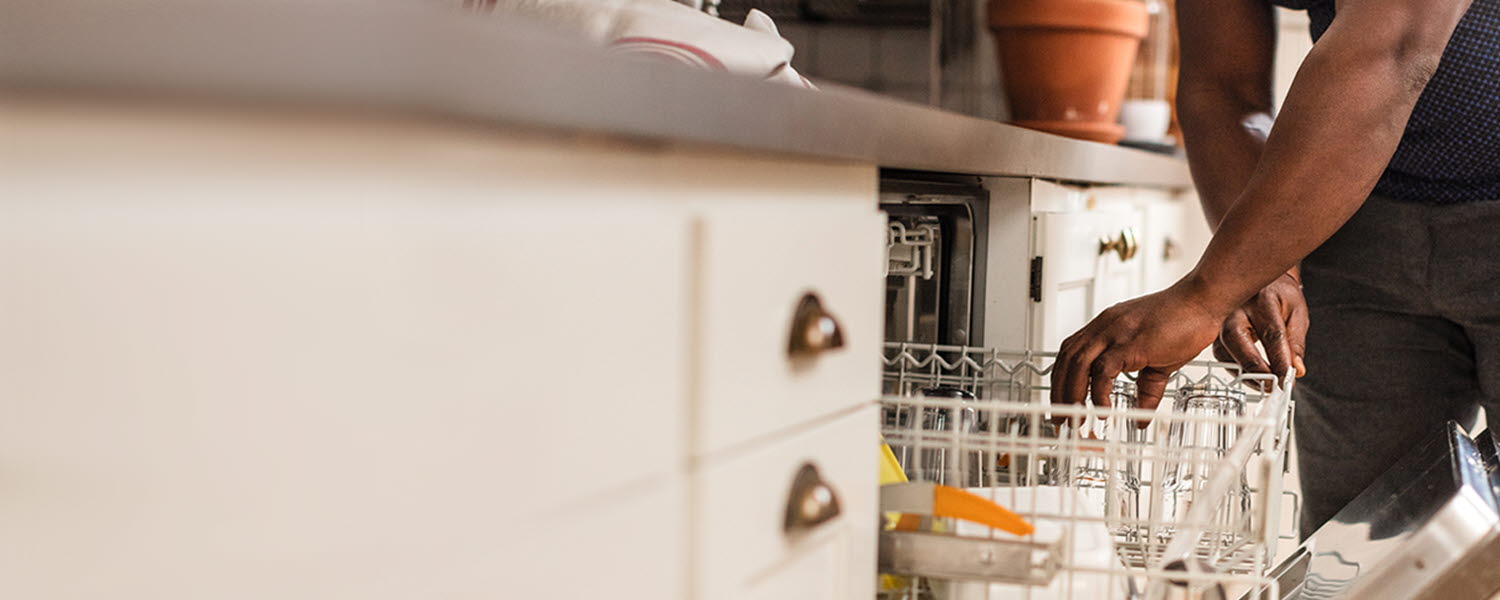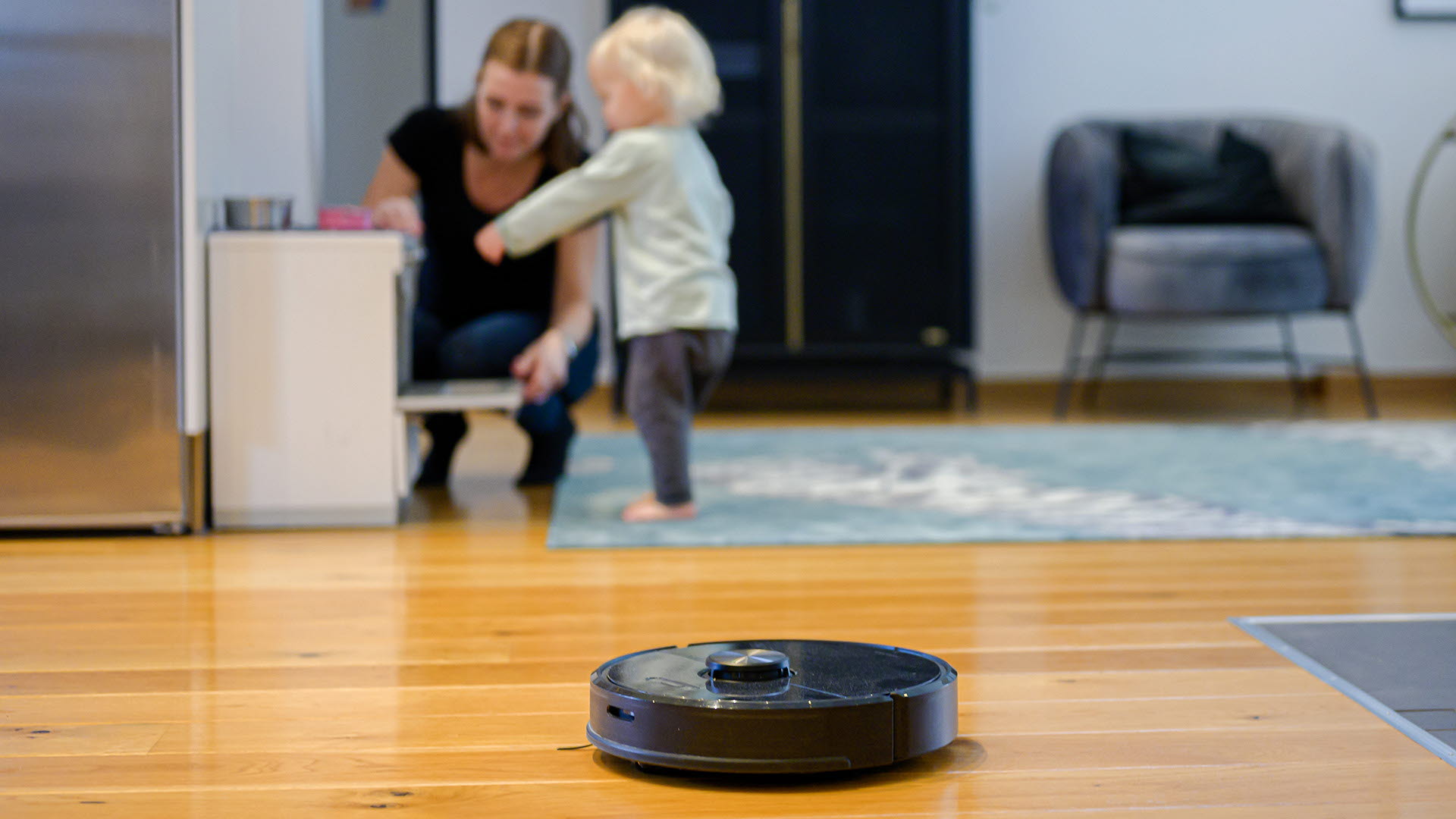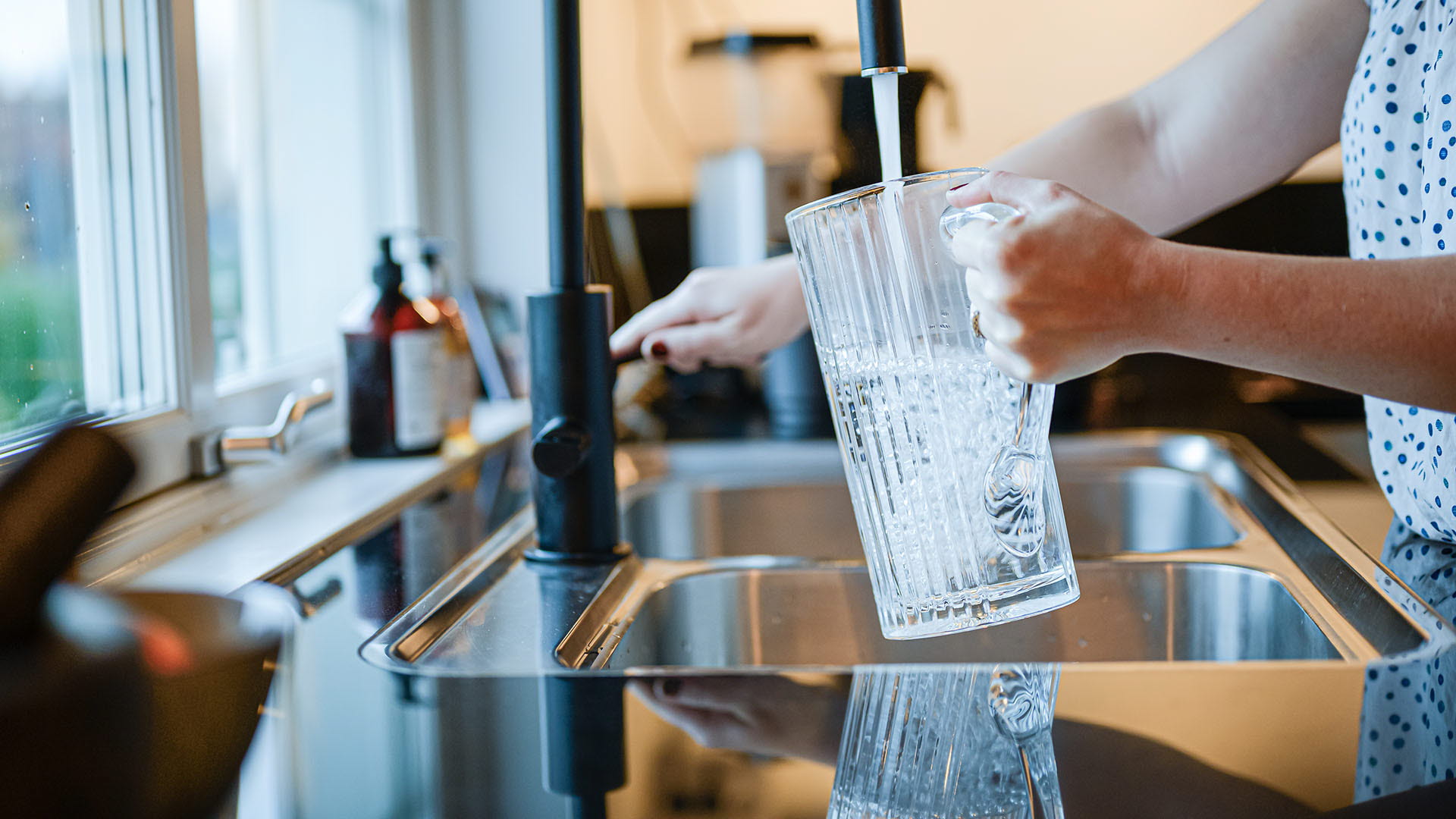How to be electricity-smart 24 hours a day
There is also potential to spread your electricity consumption more evenly across all the hours of the day. For example, you could run your dishwasher at night or plan to have your electric vehicle charging mainly during the night. In this way, you can wake up to clean cups, plates and glasses in the morning – and to a fully charged car – at the same time as reducing the load on the electricity grid (elnätet).
If your agreement is based on hourly rates, you can also benefit from the fact that the spot price (spotpriset) is generally lower at night. Click here to read more about the spot price (spotpris).



